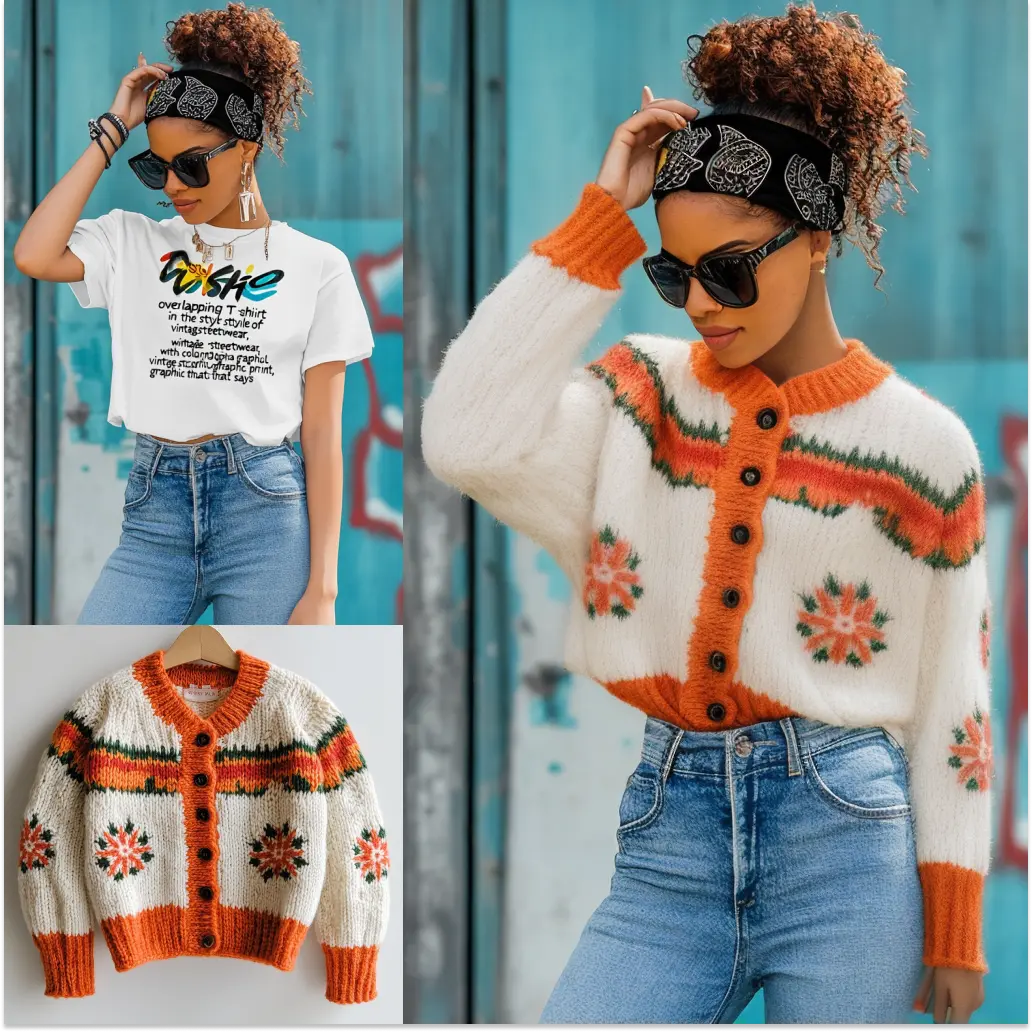ComfyUI Node: Multiple image resize for Web
LF_MultipleImageResizeForWeb
Category✨ LF Nodes/Conversions
lucafoscili (Account age: 2319days) Extension
LF Nodes Latest Updated
2025-02-21 Github Stars
0.05K
How to Install LF Nodes
Install this extension via the ComfyUI Manager by searching for LF Nodes- 1. Click the Manager button in the main menu
- 2. Select Custom Nodes Manager button
- 3. Enter LF Nodes in the search bar
Visit ComfyUI Online for ready-to-use ComfyUI environment
- Free trial available
- 16GB VRAM to 80GB VRAM GPU machines
- 400+ preloaded models/nodes
- Freedom to upload custom models/nodes
- 200+ ready-to-run workflows
- 100% private workspace with up to 200GB storage
- Dedicated Support
Multiple image resize for Web Description
Efficiently resize multiple images for web display with advanced techniques, saving time and ensuring quality.
Multiple image resize for Web:
LF_MultipleImageResizeForWeb is a powerful node designed to facilitate the resizing of multiple images for web usage. This node is particularly useful for AI artists who need to prepare a batch of images for online display, ensuring that each image is resized to fit specific resolutions while maintaining high quality. The node leverages advanced resampling techniques to resize images efficiently, making it ideal for creating web-optimized images that load quickly and look great on various devices. By automating the resizing process, LF_MultipleImageResizeForWeb saves you time and effort, allowing you to focus on the creative aspects of your work.
Multiple image resize for Web Input Parameters:
images
This parameter accepts a list of images that you want to resize. Each image in the list will be processed individually, resized according to the specified resolutions, and optimized for web usage. The input should be in a format that the node can interpret, such as a list of image tensors.
resolutions
This parameter specifies the target resolutions for the resized images. You can provide a list of resolutions, and the node will resize each image to fit these resolutions while maintaining the aspect ratio. For example, if you provide resolutions like [300, 600, 1200], the node will generate images with widths of 300px, 600px, and 1200px, adjusting the height accordingly.
quality
This parameter determines the quality of the resized images. It is typically a value between 0 and 100, where higher values indicate better quality but larger file sizes. The default value is usually set to 60, which provides a good balance between image quality and file size.
format
This parameter specifies the output format for the resized images. Common formats include 'WEBP', 'JPEG', and 'PNG'. The default format is 'WEBP', which is widely used for web images due to its excellent compression and quality characteristics.
Multiple image resize for Web Output Parameters:
resized_images
This output parameter provides a list of resized images. Each image in the list corresponds to one of the input images, resized to the specified resolutions and optimized for web usage. The images are returned in the format specified by the format parameter.
output_file_names
This output parameter provides a list of filenames for the resized images. Each filename includes the resolution and format, making it easy to identify and manage the resized images. For example, a filename might be '300w_image.webp' for an image resized to 300px width in WEBP format.
output_file_names_with_dir
This output parameter provides a list of filenames with directory paths for the resized images. This is useful for organizing the resized images into directories based on their resolutions, making it easier to manage and access them.
Multiple image resize for Web Usage Tips:
- Ensure that your input images are in a format that the node can interpret, such as a list of image tensors.
- Choose resolutions that are appropriate for your web usage needs, balancing image quality and file size.
- Use the default quality setting of 60 for a good balance between image quality and file size, but adjust it if you need higher or lower quality.
- Organize your resized images using the
output_file_names_with_dirparameter to keep track of different resolutions easily.
Multiple image resize for Web Common Errors and Solutions:
"Invalid image format"
- Explanation: This error occurs when the input images are not in a format that the node can interpret.
- Solution: Ensure that your input images are provided as a list of image tensors.
"Resolution list is empty"
- Explanation: This error occurs when the
resolutionsparameter is not provided or is empty. - Solution: Provide a list of target resolutions for the resized images.
"Unsupported output format"
- Explanation: This error occurs when the specified output format is not supported by the node.
- Solution: Use a supported format such as 'WEBP', 'JPEG', or 'PNG'.
"Quality value out of range"
- Explanation: This error occurs when the
qualityparameter is set to a value outside the acceptable range (0-100). - Solution: Ensure that the
qualityparameter is set to a value between 0 and 100.
Multiple image resize for Web Related Nodes
RunComfy is the premier ComfyUI platform, offering ComfyUI online environment and services, along with ComfyUI workflows featuring stunning visuals. RunComfy also provides AI Playground, enabling artists to harness the latest AI tools to create incredible art.


